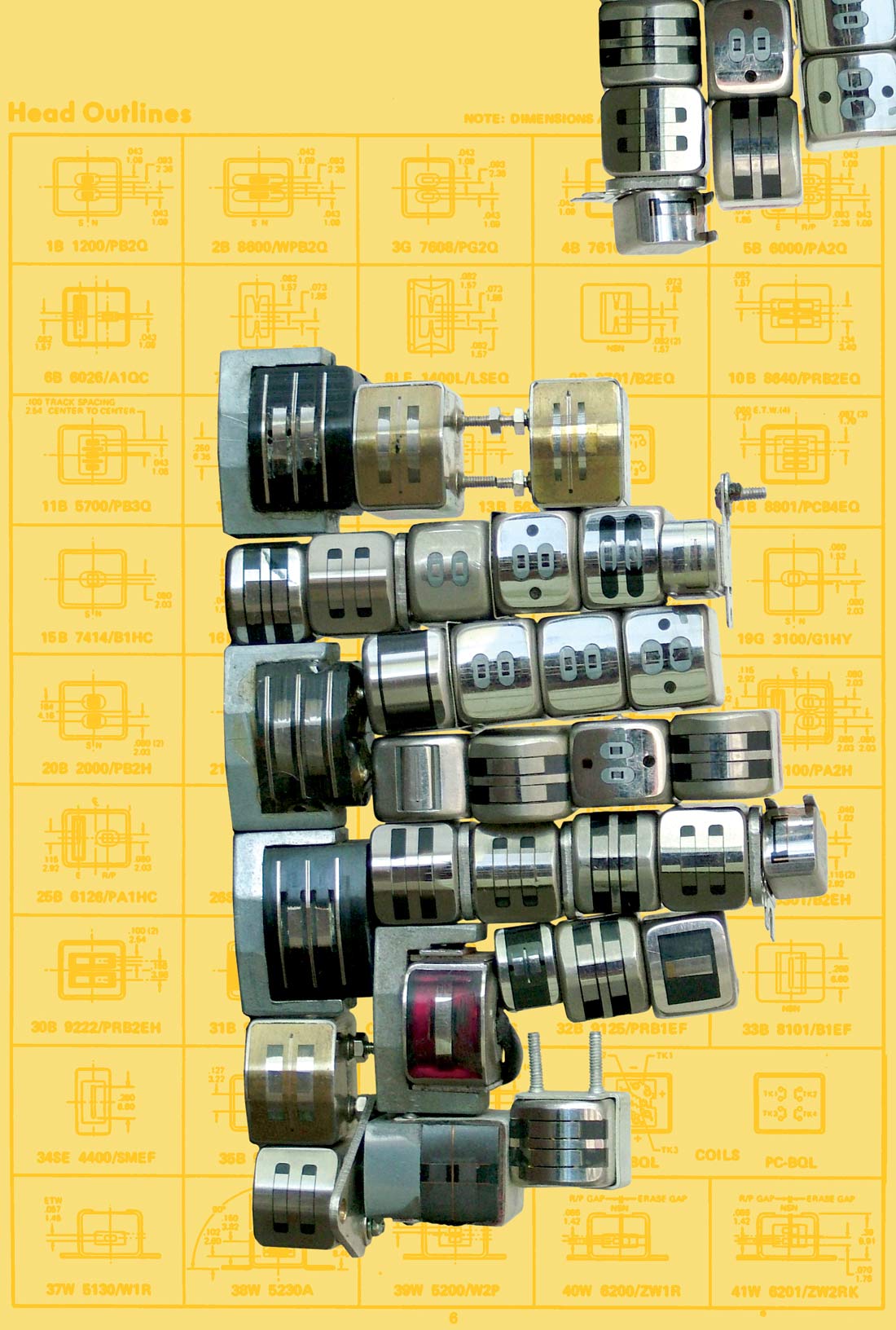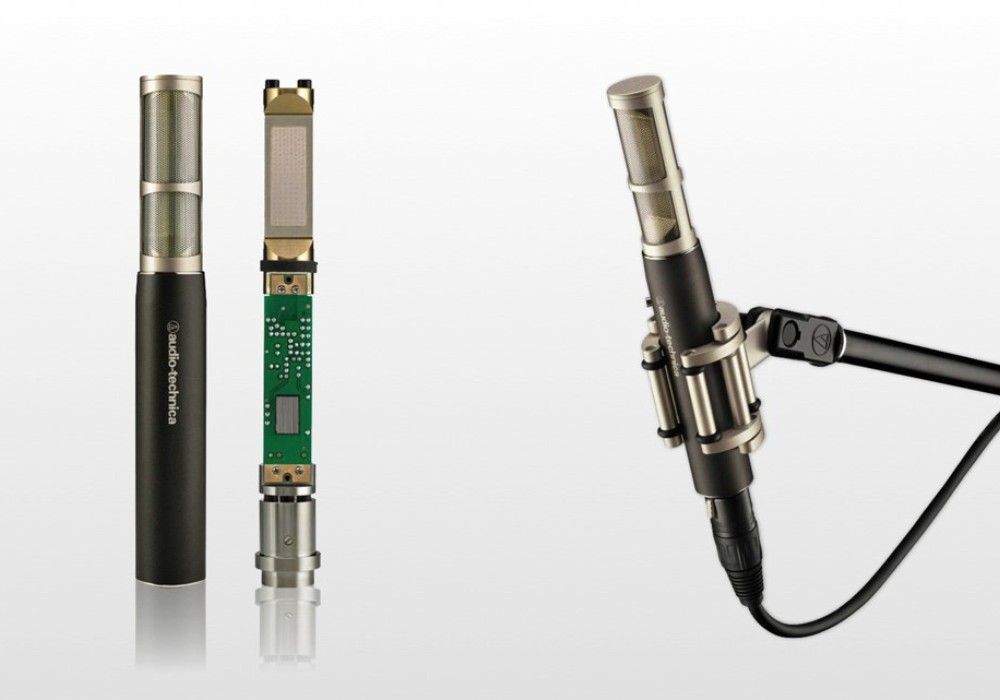There's hype, and then there's hype... and then there's HYPE. No buzzwords have been spared in the promotion of M-Audio's new tube microphone, the Sputnik. "The end of microphone envy," with its saucy overtones, is supposed to say it all. It's compared to venerable workhorses like the Neumann U 47 and the AKG C 12, especially to a crowd that has no real prayer of ever encountering these specimens in real life. As the manual says, there's a low-cut filter (judiciously down at 80 Hz) for "traffic noise"-like outside your bedroom window perhaps?
But don't let the hype repulse you-this is the most super-excellent affordable microphone that's ever been made in the history of the Universe, I'm not kidding you.
The thing about hype, it's suggestive and vague, like the dramatic photo of the microphone you will find in the ads, and the accompanying reverent (and gushing) prose. But the thing about the way this mic captures sound is that it's all in the subtleties. You can't fake pinpoint accuracy, and you can't fake the perfect rendering of real live sound. You recognize these things instinctively. The Sputnik has a self noise of only 18 dBA and for sensitivity a healthy 30 mV/Pa, and this combination and the fact it has diaphragms only 3 microns thick that were gold-coated by evaporation and the way everything runs through a Class A head amp with a 6025M pentode vacuum tube circuit (wired triode) nicely tricked-out means that it delivers genuine real-true-life noise as it happens in the air-as well as the perfect stillness of the silence behind the noise.
But first impressions-it looks like it was dipped in a river of molten chrome. It's a timeless look. The way the grille surrounding the capsule is partway sunk into the gleaming body is designed at once for maximum durability and the best possible pickup patterns. The efficient, aluminum "Maxwell Smart" secret-agent-style flightcase houses the power supply with its cable; the supple, generously long 26 ft 7-pin power connector; the shockmount; and dig-replacement elastics for the shockmount, for the day far down the road when they'll need replacing. Someone is taking the long view. And there's a bag for protecting the mic. I'd like it if you could store the mic in its shockmount, and maybe if the bag would cover both-but that's just me.
It's got everything for the lifestyle to which you've become accustomed: 10 dB pad, the roll-off, and three patterns (omni, cardioid, and figure-8.) The figure-8 especially has a very tightly focused zone. You could be monitoring someone getting ready to play, and not know the thing was on, it's that quiet.
When I used this as a room mic, in a Civil War-era hall for a chorus and orchestra presentation of the Faure Requiem-a moody, stirring piece-it captured the applause with holographic intensity and the room 'verb with a depth and kind of "roundedness" that was stunning; it brought you back to that particular room. On acoustic guitar, you hear not only the strings and the musical tones, but the subtlest details of the playing; this can be startling on the first playback, to hear not only the song, but the cues to that unique performance. Okay, "scary" is the word. Using a pair of these in my favorite piano-mic'ing configuration, tight on the frame of a 9 ft Bo^sendorfer at the Sonata Piano Camp, the result was rapturous and mesmerizing and unspeakably gorgeous, delivering a "glowing, pealing" sound. Wending the power supplies and cables in and around underfoot was perfectly noiseless-not what I'm used to with tubes, which can be finicky and crackly on location. Not these puppies.
Prepare for some pain if you get this microphone; I keep pinching myself, because I must have died and gone to Heaven! ($699 MSRP, www.m-audio.com)
Tape Op is a bi-monthly magazine devoted to the art of record making.





_disp_horizontal_bw.jpg)